Removal Procedure
Tools Required
| • | J 34730-1A Fuel Pressure Gauge |
| • | J 44402 Fuel Tank Sending Unit Wrench |
Caution: Provide additional support when a vehicle is on a hoist in the following
ways:
• Before removing parts, support the opposite end. This helps prevent
the vehicle from slipping off. • Before removing major components, chain the vehicle frame to the
hoist pads at the same end as the removal. This helps avoid a tip-off.
- Disconnect the negative battery cable.
- Relieve the fuel system pressure. Refer to the Fuel Pressure Relief Procedure .
- Drain the fuel tank. Refer to Fuel Tank Draining Procedure .
- Clean all the fuel pipe and fuel hose connections and surrounding areas before disconnecting the fuel pipes and the fuel hoses in order to avoid possible contamination of the fuel system.
- Remove the fuel fill pipe housing bolts.
- Raise the vehicle.
- Disconnect the fuel fill pipe ground strap.
- Remove the EVAP canister. Refer to Evaporative Emission Canister Replacement .
- Disconnect the rear fuel return pipe and the rear fuel feed pipe at the chassis fuel pipes. Refer to Quick Connect Fitting(s) Service (Plastic Collar) .
- Cap the fuel and EVAP pipes in order to prevent possible fuel system contamination.
- Disconnect the fuel sender and the fuel pressure sensor electrical connectors.
- With the aid of an assistant, support the fuel tank.
- Remove the fuel tank strap attaching bolts.
- Remove the fuel tank straps.
- Remove the fuel tank.
- Place the fuel tank in a suitable work area.
- Remove the fuel fill hose and pipe from the fuel tank.
- Remove the fuel feed pipe (4) and the fuel return pipe (5) from the fuel sender (2) and the retaining clips (6).
- Remove the EVAP pipe (1) from the fuel sender (2), the fuel tank roll over valve (3) and the retaining clips (6).
- Remove the fuel sender assembly from the fuel tank. Refer to Fuel Sender Assembly Replacement .
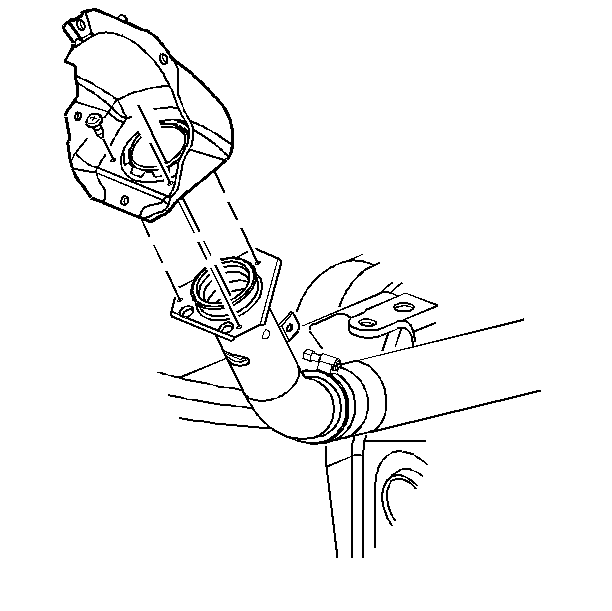
Caution: Unless directed otherwise, the ignition and start switch must be in the OFF or LOCK position, and all electrical loads must be OFF before servicing any electrical component. Disconnect the negative battery cable to prevent an electrical spark should a tool or equipment come in contact with an exposed electrical terminal. Failure to follow these precautions may result in personal injury and/or damage to the vehicle or its components.
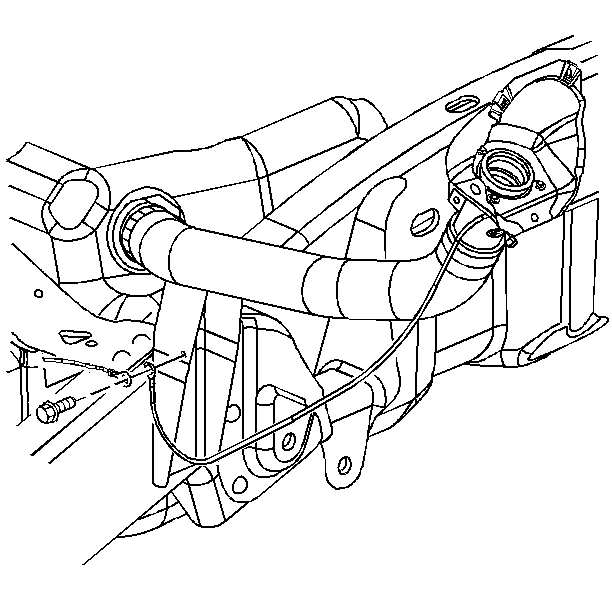

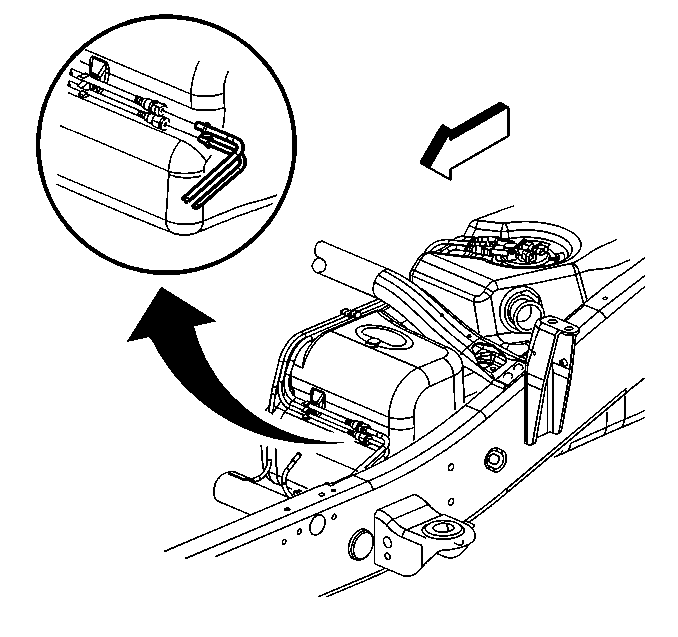

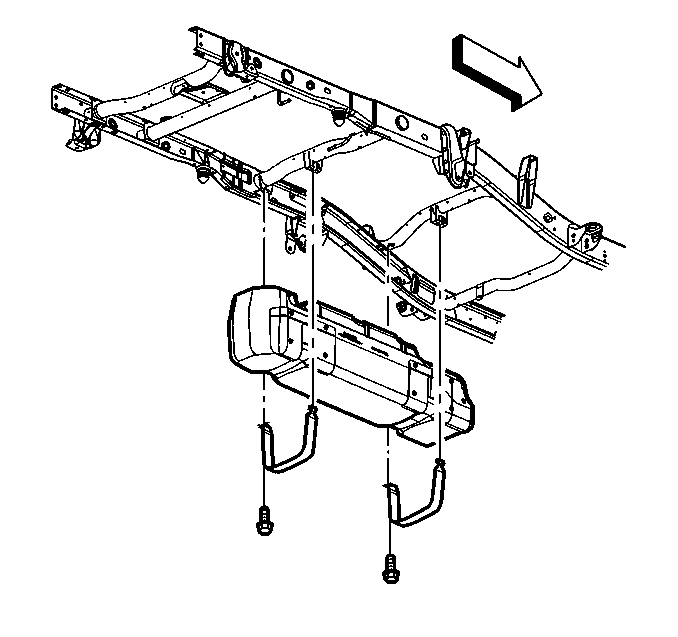
Notice: Do not bend the fuel tank straps. Bending the fuel tank straps may damage the straps.
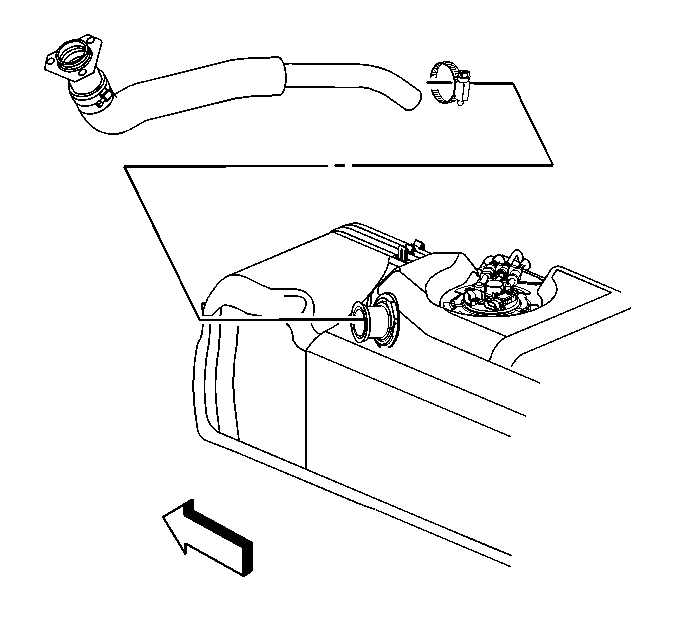
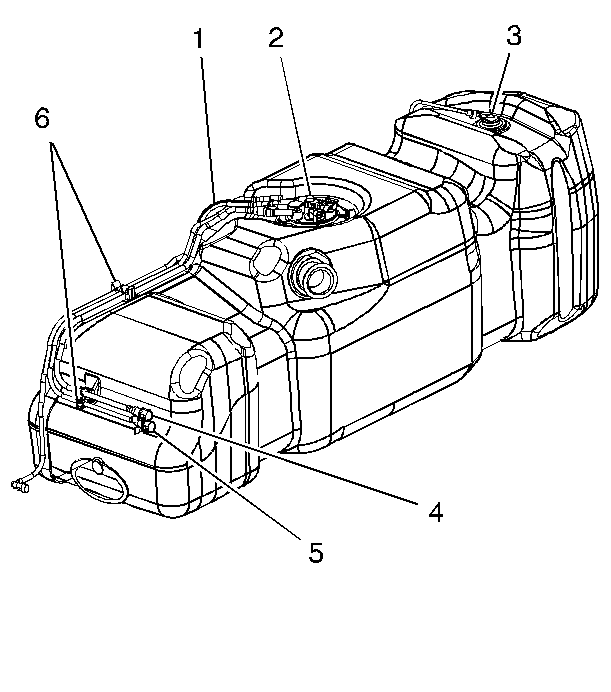
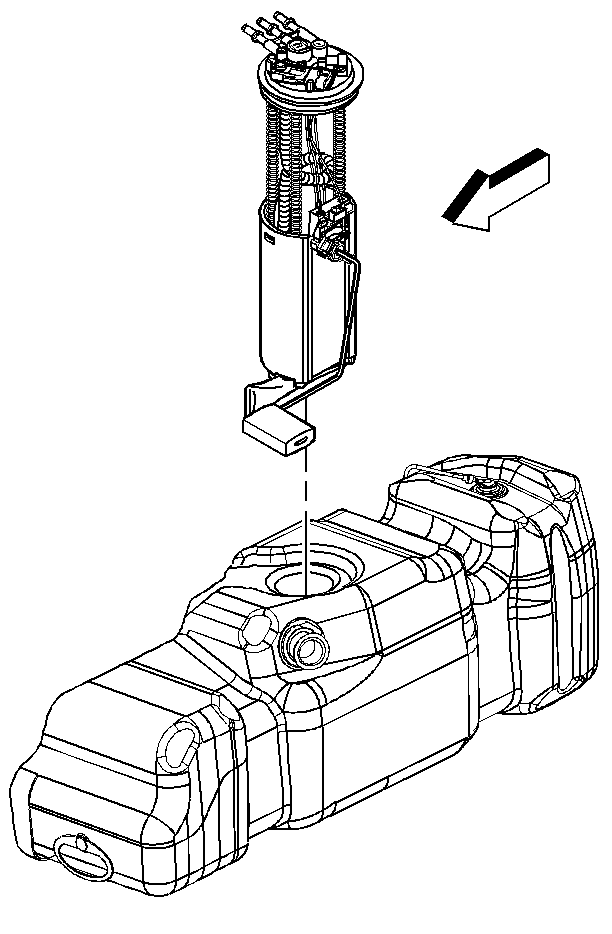
Installation Procedure
- Install the fuel sender assembly to the fuel tank. Refer to Fuel Sender Assembly Replacement .
- Connect the EVAP pipe (1) to the fuel sender (2), the fuel tank roll over valve (3) and the retaining clips (6).
- Connect the fuel feed pipe (4) and the fuel return pipe (5) to the fuel sender (2) and the retaining clips (6).
- Install the fuel fill hose and pipe to the fuel tank.
- With the aid of an assistant, position and support the fuel tank.
- Install the fuel tank straps.
- Install the fuel tank strap attaching bolts.
- Connect the fuel sender and the fuel pressure sensor electrical connectors.
- Remove the caps from the fuel and EVAP pipes.
- Connect the rear fuel return pipe and the rear fuel feed pipe at the chassis fuel pipes. Refer to Quick Connect Fitting(s) Service (Plastic Collar) .
- Install the EVAP canister. Refer to Evaporative Emission Canister Replacement .
- Connect the fuel fill pipe ground strap.
- Install the fuel fill pipe housing bolts.
- Refill the fuel tank.
- Install the fuel filler cap.
- Connect the negative battery cable.
- Inspect for leaks.
- Perform a visual inspection of the fuel pipes in order to ensure that there is no kinking or misalignment of the fuel pipes.



Notice: Use the correct fastener in the correct location. Replacement fasteners must be the correct part number for that application. Fasteners requiring replacement or fasteners requiring the use of thread locking compound or sealant are identified in the service procedure. Do not use paints, lubricants, or corrosion inhibitors on fasteners or fastener joint surfaces unless specified. These coatings affect fastener torque and joint clamping force and may damage the fastener. Use the correct tightening sequence and specifications when installing fasteners in order to avoid damage to parts and systems.
Tighten
Tighten the fuel fill hose clamp to 2.5 N·m (22 lb
in).

Notice: Use the correct fastener in the correct location. Replacement fasteners must be the correct part number for that application. Fasteners requiring replacement or fasteners requiring the use of thread locking compound or sealant are identified in the service procedure. Do not use paints, lubricants, or corrosion inhibitors on fasteners or fastener joint surfaces unless specified. These coatings affect fastener torque and joint clamping force and may damage the fastener. Use the correct tightening sequence and specifications when installing fasteners in order to avoid damage to parts and systems.
Tighten
Tighten the fuel tank strap attaching bolts to 40 N·m (30 lb
ft).





Notice: Use the correct fastener in the correct location. Replacement fasteners must be the correct part number for that application. Fasteners requiring replacement or fasteners requiring the use of thread locking compound or sealant are identified in the service procedure. Do not use paints, lubricants, or corrosion inhibitors on fasteners or fastener joint surfaces unless specified. These coatings affect fastener torque and joint clamping force and may damage the fastener. Use the correct tightening sequence and specifications when installing fasteners in order to avoid damage to parts and systems.
Tighten
Tighten the fuel fill pipe housing bolts to 2.3 N·m (20 lb
in).
| 17.1. | Turn the ignition switch ON for 2 seconds. |
| 17.2. | Turn the ignition switch OFF for 10 seconds. |
| 17.3. | Turn the ignition switch ON. |
| 17.4. | Check for fuel leaks. |
